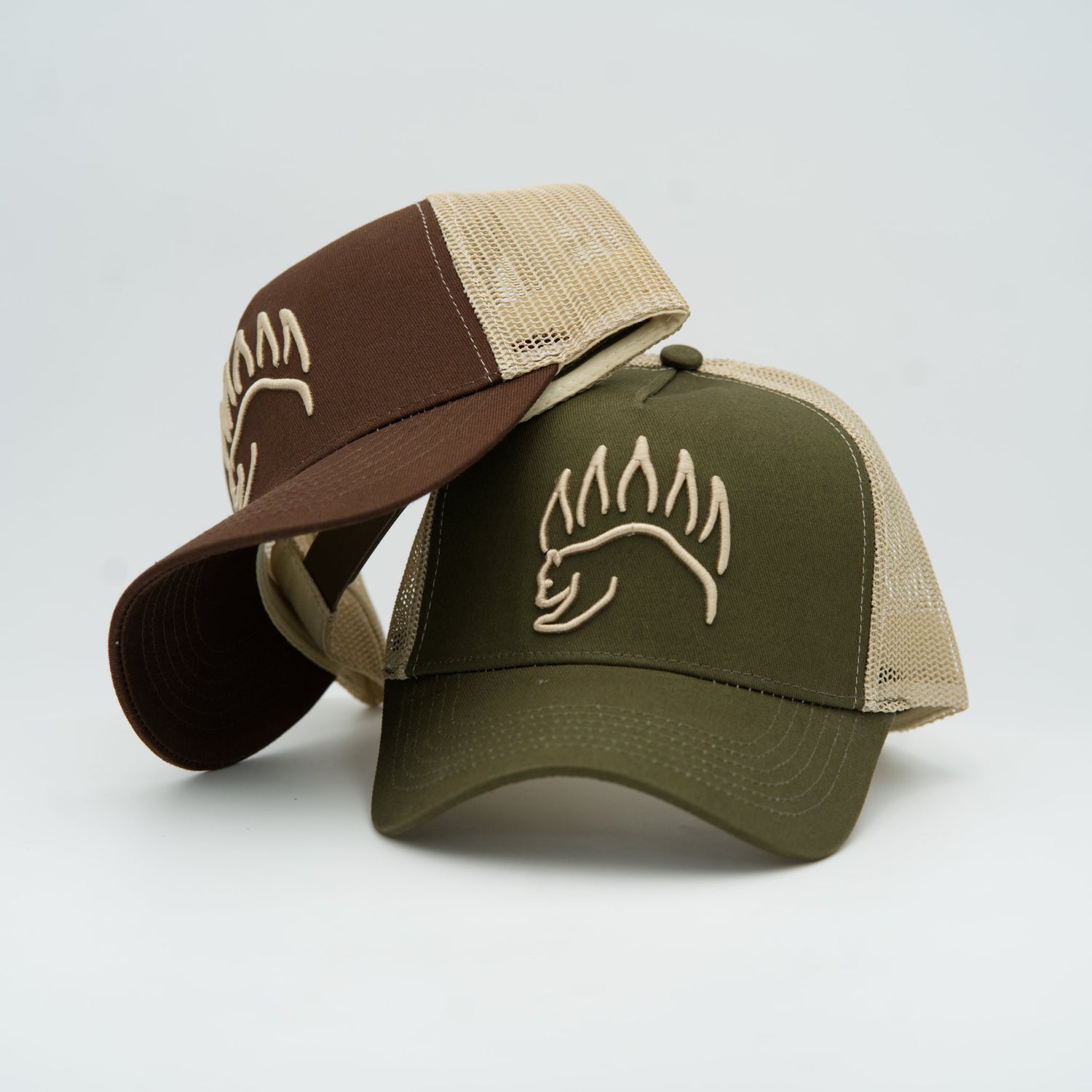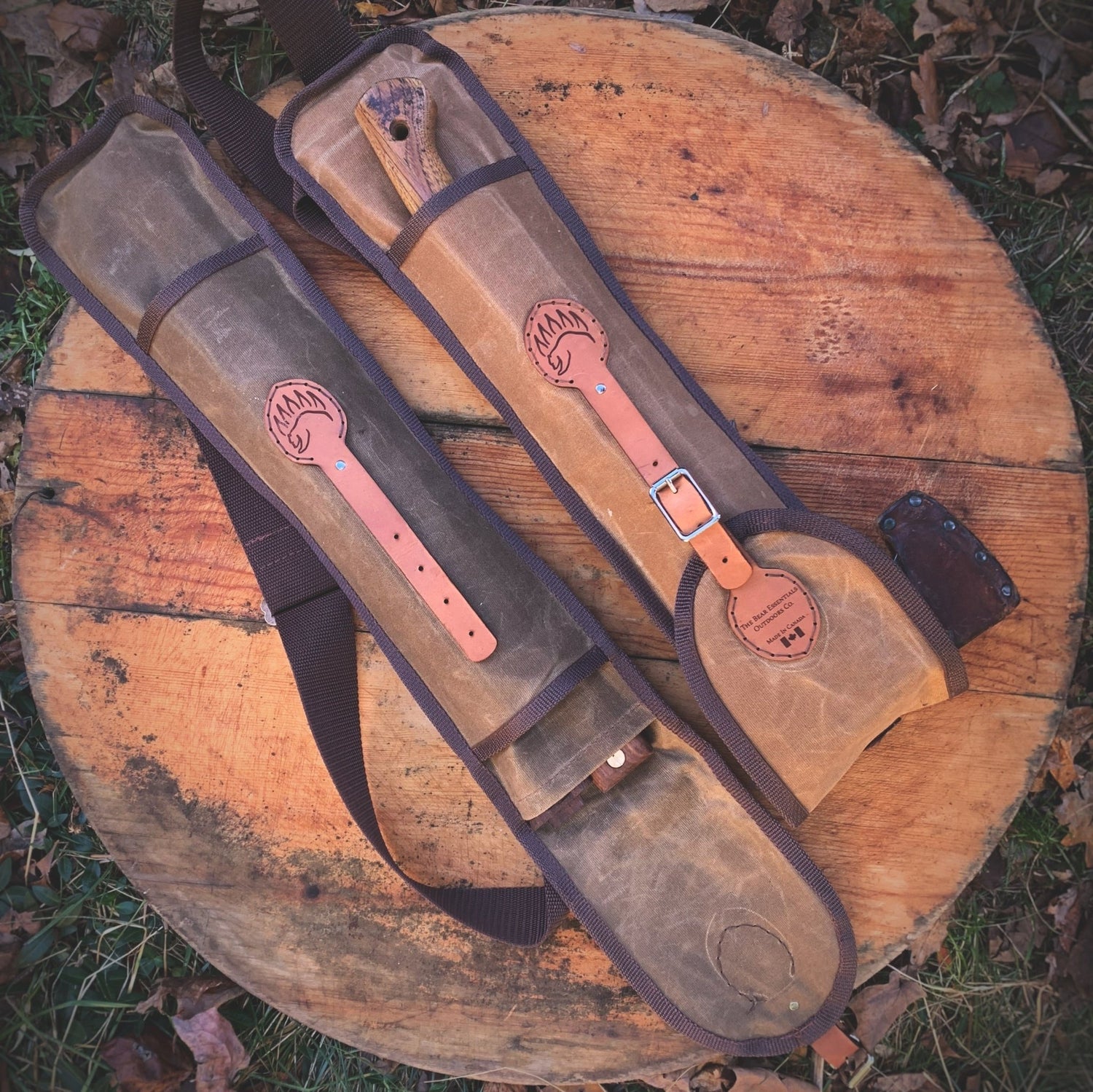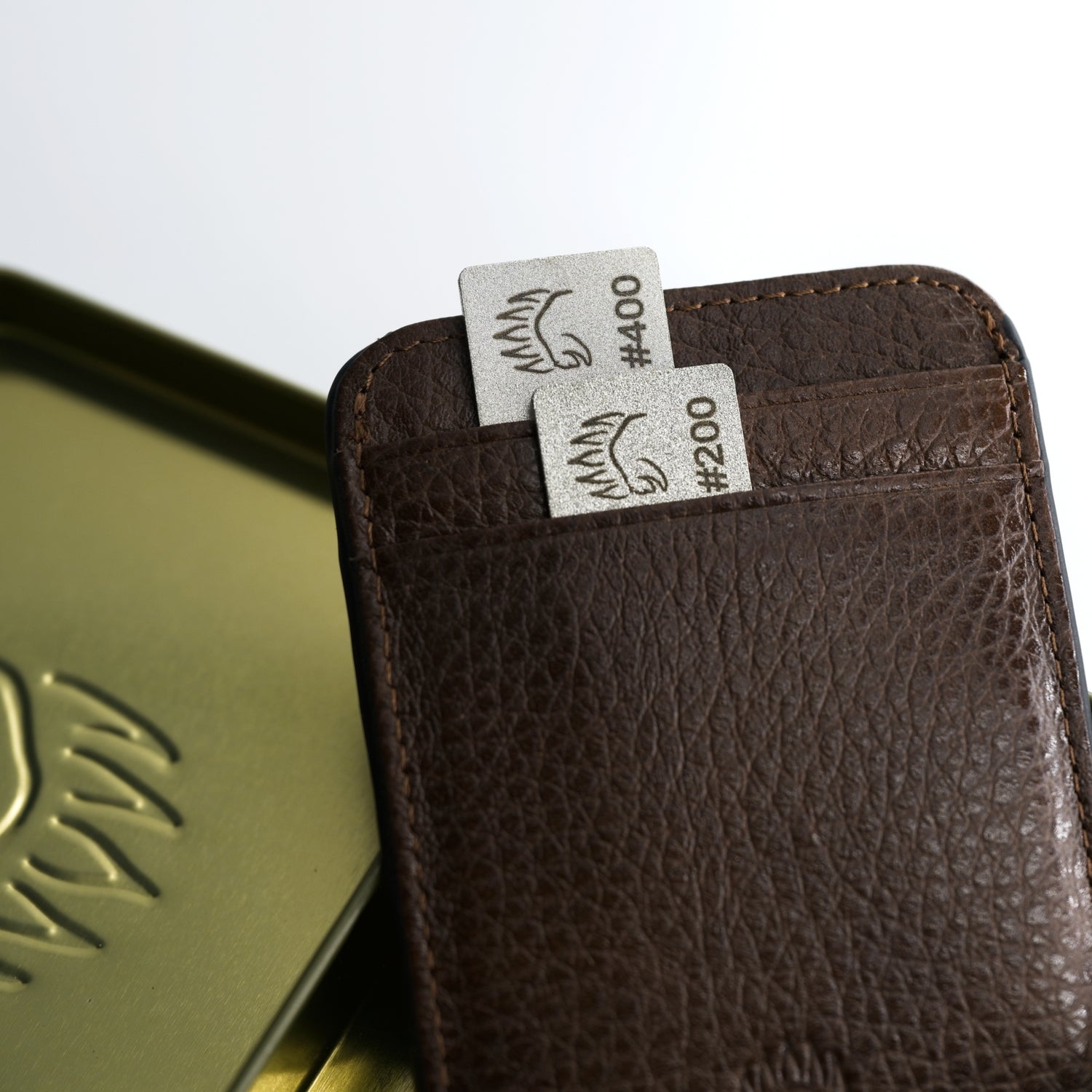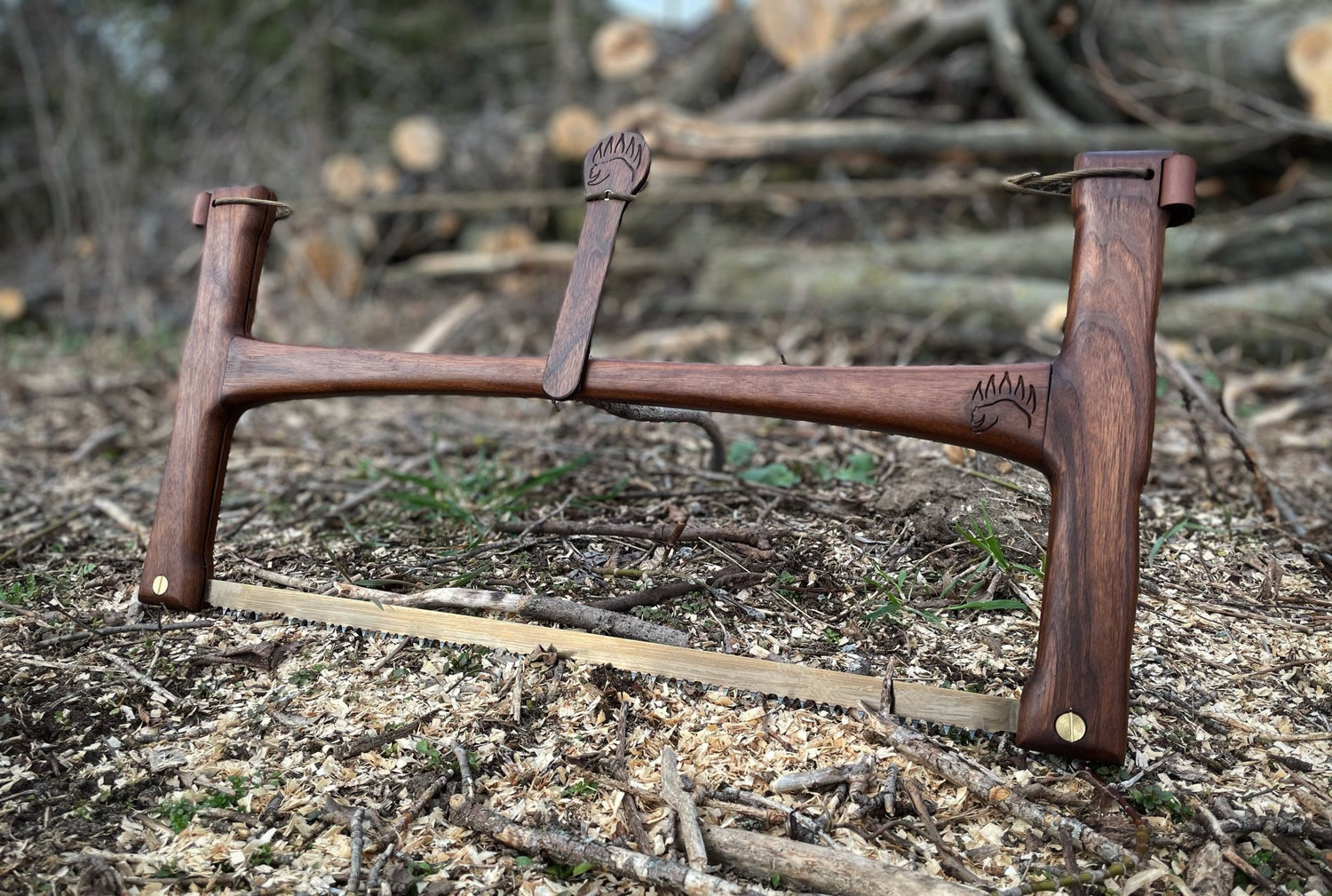Merino Wool has a longstanding tradition of being the superior choice for a base layer when your preferences lean towards stop-and-go cold weather activities, good insulation, and natural resistance to odours. In contrast, synthetic fibres excel in cost-effectiveness, rapid moisture wicking, and enhanced longevity. Selecting the right base layer is a matter of balancing your individual needs, financial considerations, and the particular environmental challenges you'll be encountering.
What is Merino Wool?
Why do some people prefer Merino wool vs synthetic baselayers? well.. Merino wool is sourced from Merino sheep; much different from regular wool which you may know as "rough and itchy" stuff. Merino wool's inherent ability to wick away moisture while retaining warmth makes it a favourite among outdoor enthusiasts. Being a Natural Fibre; Merino fibres are renowned for their fine, soft texture which makes it one of the best next-to-skin layers not just for the feel, but for some functional uses too! Here are some benefits of merino wool base layers:- Excellent insulation.
- Retains 40% of warmth value even when wet.
- Can Wick Moisture well, but slowly.
- Odor Resistant
- Good for Sensitive Skin
- You will "Feel warmer" even when wet
- Will absorb a lot of water or sweat
- More warmth than synthetic
---
What are Synthetic Fibres?
Why do some people prefer Synthetic base layers? Well... Synthetic fabrics are generally made from materials like polyester or nylon. The synthetic stuff is often less expensive than wool or wool blends and can wick sweat at a much higher rate. Synthetic materials don't absorb water, but they do focus on evaporating it faster than merino wool. Here are some benefits of synthetic base layers:- Will dry Faster faster
- Will wick moisture faster
- Less expensive
- More durable
- Easy to take care of
---
Merino Wool Vs Synthetic Comparison Chart
| Merino Wool Baselayer | Rating | Synthetic Baselayer | Rating | |
| Performance and Comfort |
High Moisture Absorption Warm When Wet Anti-microbial Soft and comfortable Excellent Temperature Regulation |
8.5 |
Fast wicking. Quick Drying Comfortable when dry Hypoallergenic. Good Temperature Regulation |
6 |
| Economic and Practical Aspects |
More expensive. Requires careful washing. Warm even when wet. Ideal for multi-day trips. |
7 |
Cost-effective. Quick drying. Colorfastness. Low-maintenance. |
9 |
| Additional Features |
Fire Resistance Cooling Properties Odor Resistant Warm when Wet |
9 |
Some UV Protection A Variety of Colours Easily Available Dries Fast |
5 |
| Sustainability |
Renewable (Merino sheep). Biodegradable. Sustainable production. Ethical practices. |
7.5 |
Petroleum-based Microplastic pollution. Non-biodegradable. Recycled options. |
4.5 |
| Other Considerations |
Slow Moisture Wicking Long Dry Time Heavy When Wet Delicate Care Required |
5 |
Odor Retention Not as comfortable when wet Saturates Easily Smells |
5 |
When to use Merino Wool vs Synthetic Baselayers:
Merino Wool Base Layers: Ideal for activities where temperature fluctuations are common, such as hiking or backpacking in variable climates. The natural insulation properties of merino wool make it suitable for colder environments, and the fibres’ ability to keep you warm even if it gets wet makes it ideal in both emergencies or when you’re activities involve periods of hard work followed by inactive states. Synthetic Base Layers: Best suited for activities that involve high levels of exertion and perspiration, such as trail running, cycling in warm weather, or cross-country skiing in the winter. Synthetic baselayers are designed for versatility, providing effective temperature regulation in both warm and cold environments. The quick-drying attributes of synthetic fabrics are beneficial in these scenarios. Here's a table I made of some common winter activities and the recommended base layers for each:
| Winter Activity | Recommended Material | Reasoning |
|
Casual Activities Shoveling The Driveway Building a Snowman Sledding Winter Walking |
Merino Wool or Synthetic |
Layering options: Both materials offer flexibility in layering strategies. Cost and use frequency: Synthetics may be more economical for infrequent use. |
|
Medium Activity Cold Weather Ice Fishing Winter wildlife photography Winter bird watching Attending a winter festival |
Merino Wool |
Superior warmth: Merino provides better insulation for cold climates and low activity level. Comfort in static activities: Ideal for activities with little movement, providing sustained warmth. |
|
High Activity Cold Weather Skiing / Snowshoeing Snowshoeing Cycling Jogging Skating |
Synthetic Preferred. Wool is a close second. |
Moisture-wicking Priority: Superior at keeping skin dry during intense activity. Durability: Resists wear from repetitive motions and gear friction. Lightweight and agile: Enhances performance and comfort during high-energy activities. |
|
Intense Cold Weather Winter Camping Dog Sledding Ski Touring |
Merino Wool |
Thermal regulation: Excellent at retaining heat, important in high-speed, cold winds. Natural warmth retention: Retains heat even when damp, crucial in stop-and-go scenarios. |




